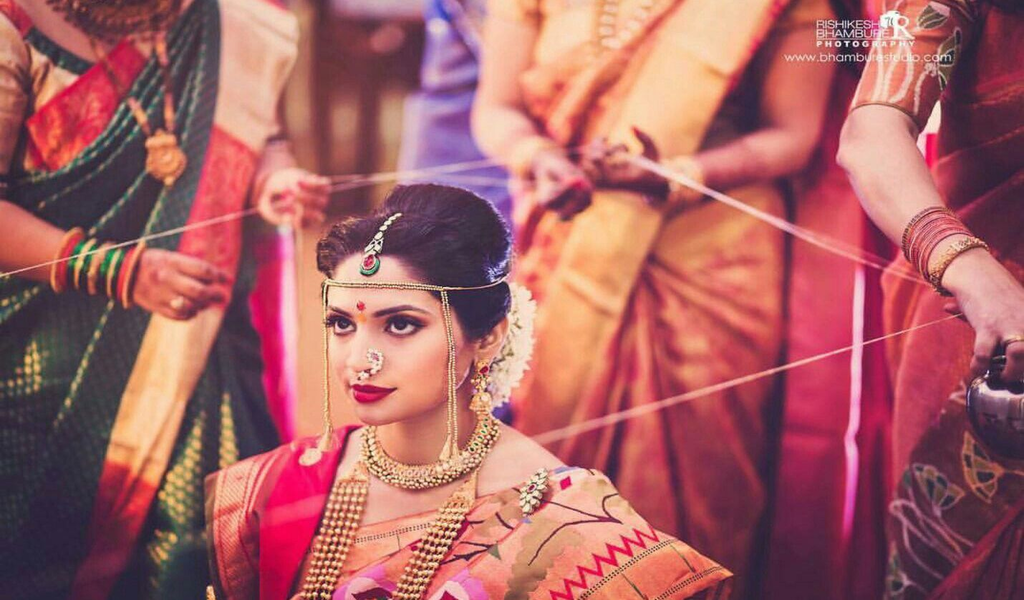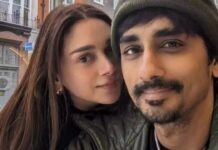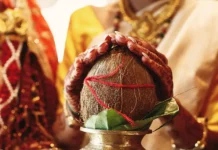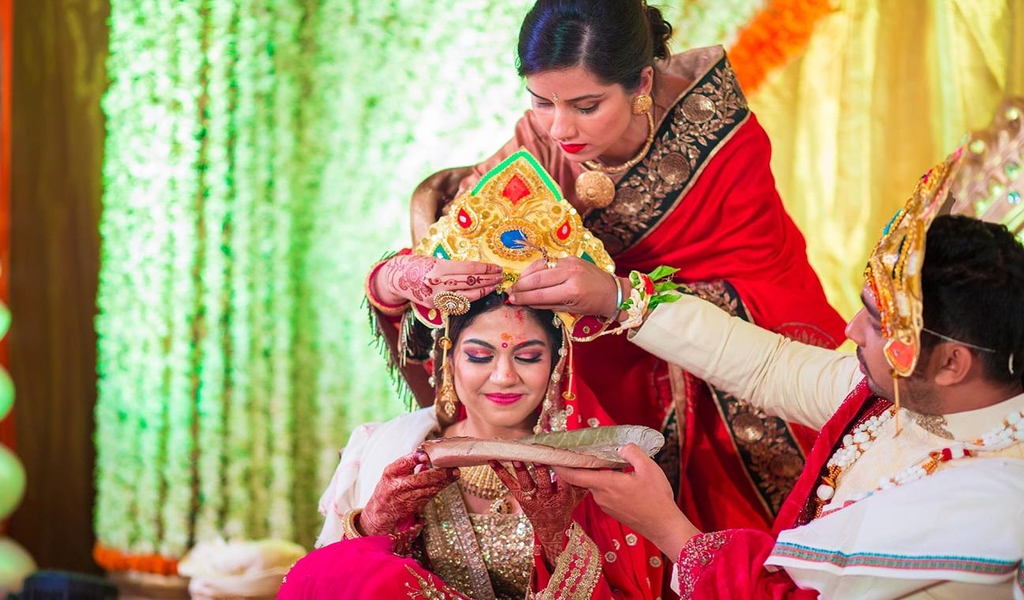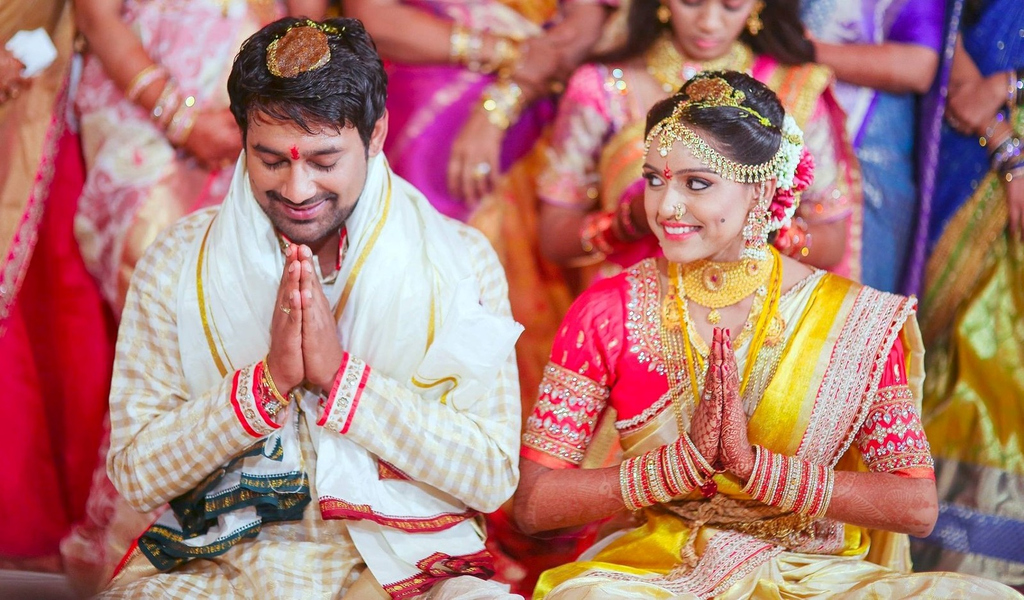The first thought that comes to one’s mind on seeing a Marathi wedding is “simple is beautiful”. Precise rituals like SakharPuda, hassle-free ceremonies like Halad Chadavane and a bride dressed in a vibrant Navari – you can easily identify these elements to a Maharashtrian wedding. If you are looking for ways to plan a typical Maharashtrian wedding for yourself, let us help with a quick guide to each wedding ceremony. Here is how you can also incorporate them into your wedding plan.
Lagnaach Bedior
The horoscopes of the bride and the groom are matched. This ritual was more prevalent earlier when a Maharashtrian wedding was arranged by their respective parents. The family priests then fix an auspicious time and date for the wedding.
Sakhar Puda
This is the official engagement ceremony in a Maharashtrian wedding. The groom’s mother applies Haldi-Kumkum on the bride’s forehead as blessings and gifts her saree, jewellery and sweets. The mother of the bride follows the same rituals with the groom.
Muhurt Karane
Married women are invited by the bride’s mother. They start making turmeric powder in mortar and pestle to be used later in the wedding. Rolling of Papad is yet another very important pre-wedding activity of Muhurt Karane. The women then hold a Rukhvat by decorating artistically and exhibiting bridal lehengas and sarees, jewellery, kitchen utensils, sweets and all sorts of the bridal trousseau.
Kelvan
This is performed a few days prior to the wedding. Both the families perform a Puja to their family deity for blessings.
Halad Chadavane
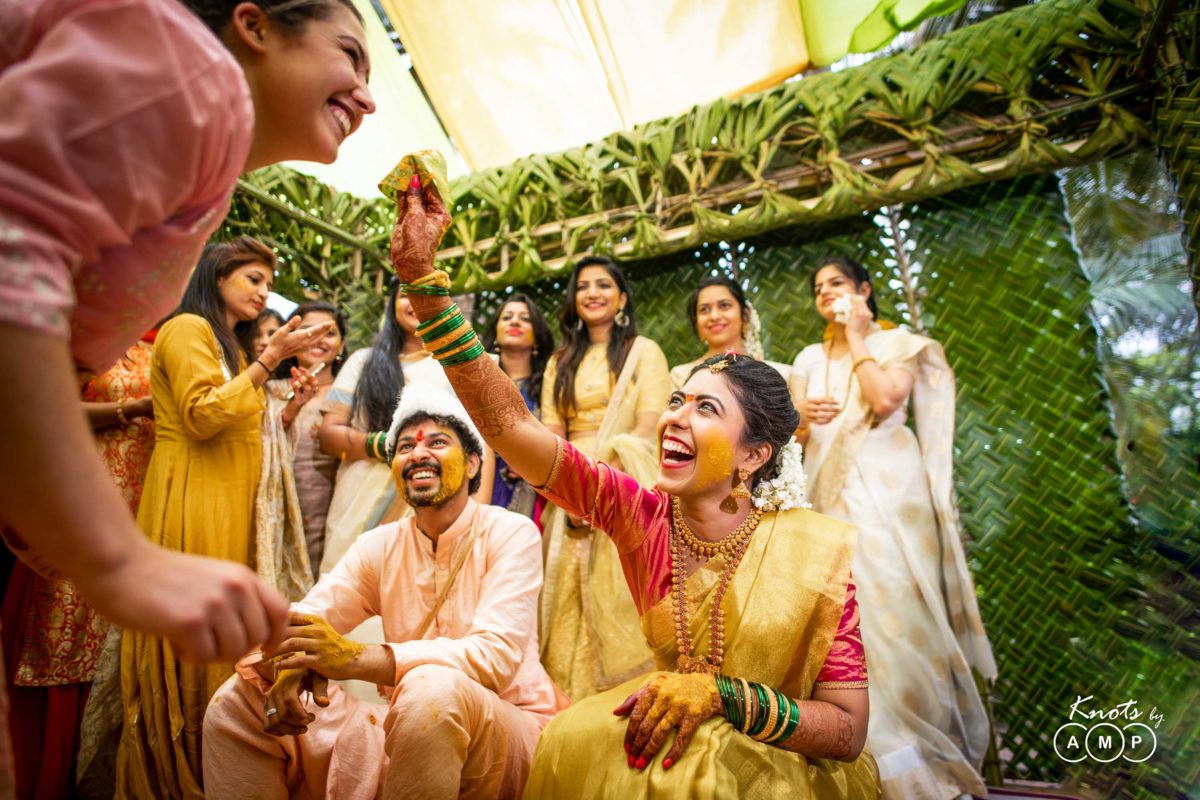
Ganpati Puja, Devdevak and Gurihar Puja
The wedding day commences with the worship of Lord Ganesha. The family deity is then invited to the wedding Mandap by Devdevak. In Gurihar Puja, the bride, all dressed up in her wedding attire, worships goddess Parvati for her prosperous life.
Punyavachan and Seemanpuja
The bride’s parents take her to the wedding venue and ask everyone to bless their daughter on Punyavachan. In Seemanpuja, on the groom’s arrival, the bride’s mother receives him with Aarti and sweets. She washes the groom’s feet and applies Tilak on his forehead.
Antarpat
The groom enters the Mandap and sits on a designated wedding spot. The Antarpat or a curtain is hung in front of the groom restricting his vision of the bride who had been sitting opposite to him.
Sankalp
The bride then enters the Mandap and the priest chants sacred vows accompanied by musicians. On an auspicious moment, the Antarpat is removed and the couple exchange jaimala. That’s when everyone showers them with Akshata or whole rice.
Kanyadaan
The father of the bride gives away his daughter to the bridegroom with blessings. The groom promises to love and respect his wife forever.
Laja Homa
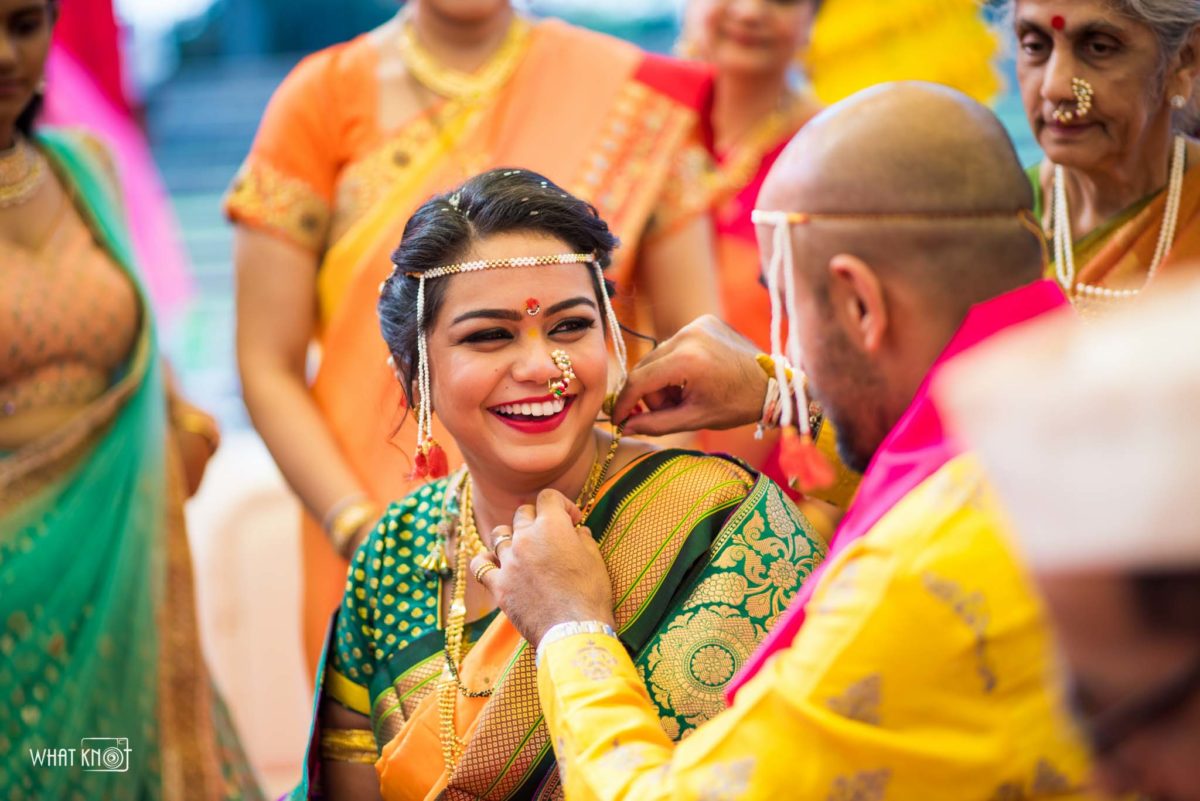
Karmasamapti
The couple performs the Laxmi Pujan and worships until the fire is put out. The groom then gives the bride a new name. Finally, the brother of the bride teasingly twists the groom’s ear to remind him of his marital duties and the couple takes everyone’s blessings in the end.
To look & book wedding venues, vendors services, please log on to wedvendors.com





